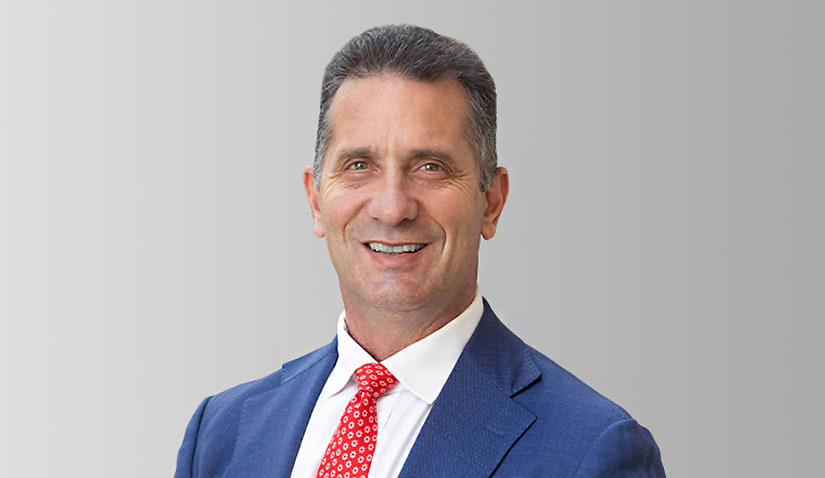With the West Australian government set to close Unit 18, which houses the state’s “most high-risk youth detainees”, legal organisations and lawyers have voiced their concern over the “unexpected announcement”.

Last month, the Cook government announced that the new youth detention facility, intended to accommodate the state’s “most high-risk youth detainees”, will be situated next to the Banksia Hill Detention Centre.
The upcoming facility will serve as a replacement for the Unit 18 youth detention facility at Casuarina Prison, which has been under significant scrutiny and attracted over 100 protesters outside of Parliament House in Perth last month, advocating for its closure due to substandard conditions and safety concerns.
Corrective Services Minister Paul Papalia has praised the new detention centre as “the best of its kind in the world” due to its state-of-the-art design tailored to address the complex needs and behaviours of these troubled young offenders.
Minister Papalia also said: “This is an important step in the delivery of a purpose-built centre for the most complex young people.”
“It means high-risk individuals will get the support they need in a secure environment while enabling Banksia Hill to operate as intended without disruptions.”
However, the Law Society of Western Australia has expressed that it has “cautiously welcomed” the state government’s “unexpected announcement” regarding the closure of Unit 18.
While advocating for the closure of Unit 18, Law Society president Paula Wilkinson voiced cautious approval due to the “obscure” timeline for the detention centre’s closure.
“We have joined with voices, including the Human Rights Commission of Australia, in calling for Unit 18 to be closed immediately, but the framework for this new facility doesn’t offer any optimism of that happening any time soon,” Wilkinson said.
She stressed that the “new facility is a long way off”, clarifying that the funding allocated for the new detention centre is specifically for the centre’s “designing planning only”. Wilkinson also outlined that the selected site is still pending approval from the state and federal environmental authorities.
Wilkinson emphasised that although there is hope for the long-term outlook, the primary concern is the length of time needed for the new facility to become fully operational.
“Long-term, it all sounds promising, but the issue is the length of time it will take to be up and running. Also, the children at the new facility will have access to the same facilities as Banksia Hill, which have proven to be inadequate,” Wilkinson said.
“In the meantime, children are still being held in dire conditions at Unit 18, with no government solutions for how their care will be addressed in the short term.”
In a conversation with Lawyers Weekly, Sionea Breust, the director of SCB Legal, underscored that despite the goals of the new detention centre to facilitate rehabilitation for youth offenders, she believes the environment itself may not inherently empower them to achieve positive change.
“Much of the antisocial behaviours displayed by our young offenders are a product of their environment, and their circumstances are beyond their control.
“By punishing them and taking a punitive approach to our young offenders who have challenging behaviours and require additional support, we are not addressing the underlying causes,” Breust said.
“Our youth are our future, and to make a significant change to their lives, we must start from when they are young. We must show them that there is more to life than using drugs and alcohol and engaging in antisocial behaviour.
“We must help them get an education or employment, find suitable accommodation and have appropriate support in the community so that once they are released, they do not return to the same environment that landed them in jail in the first place.”